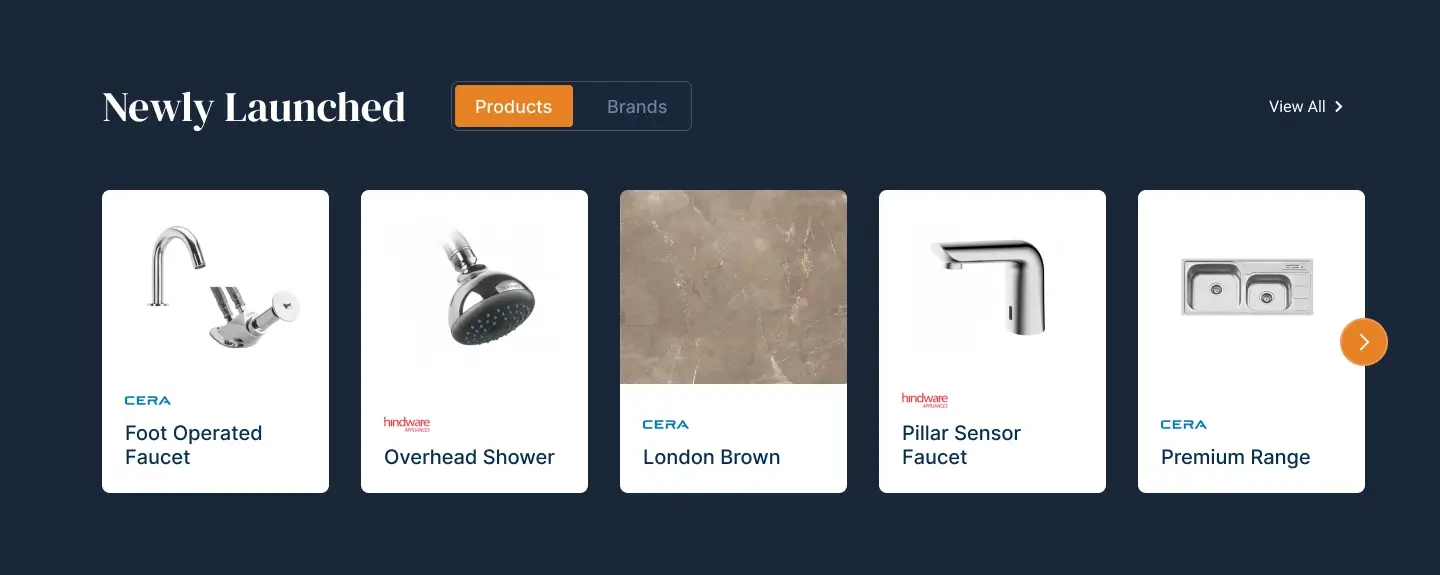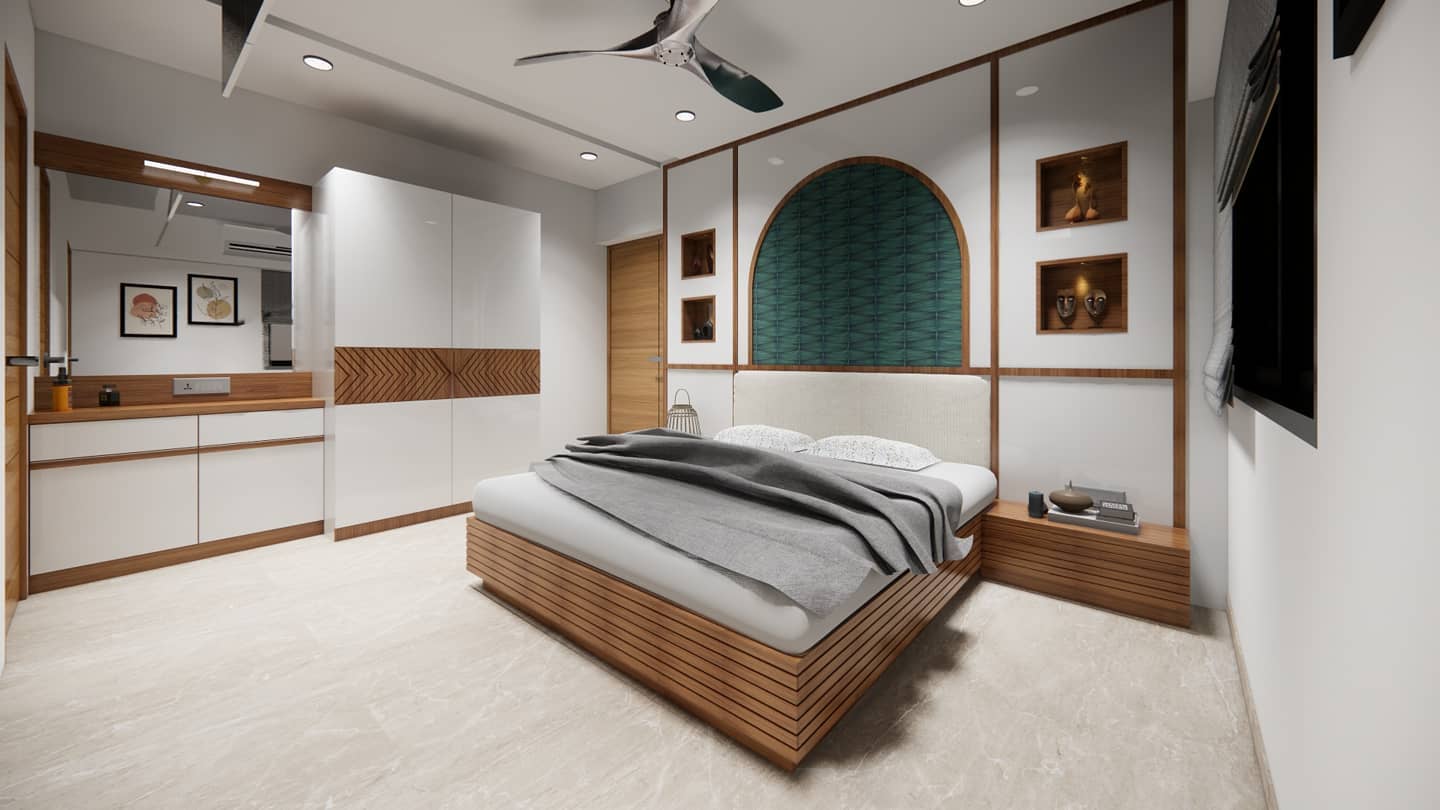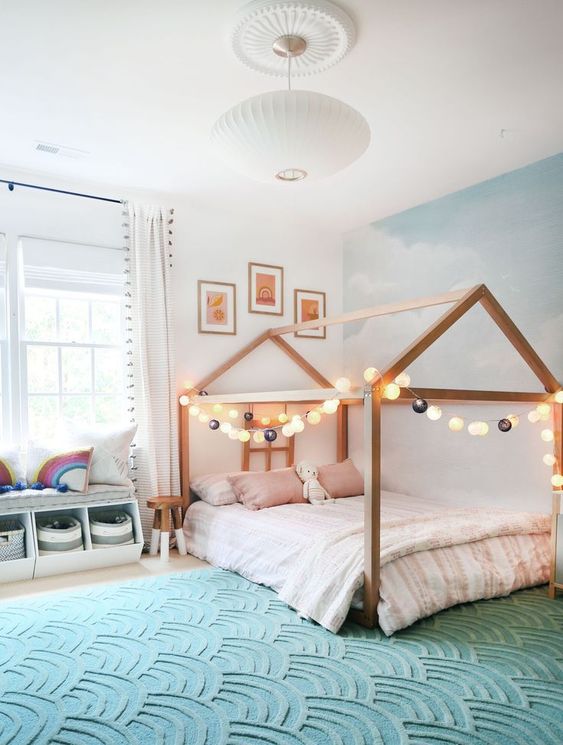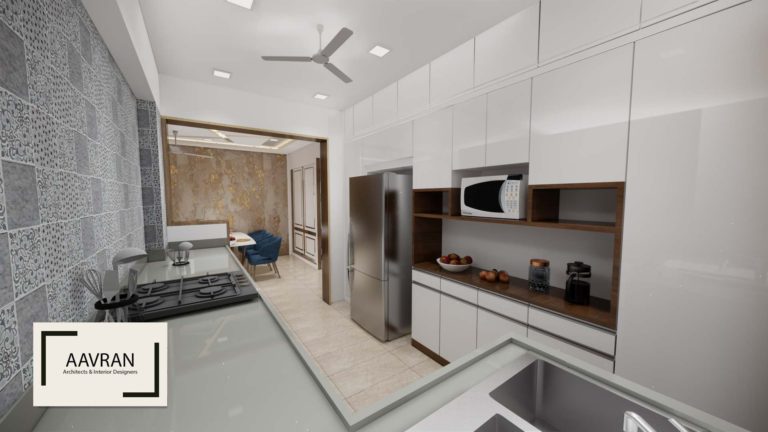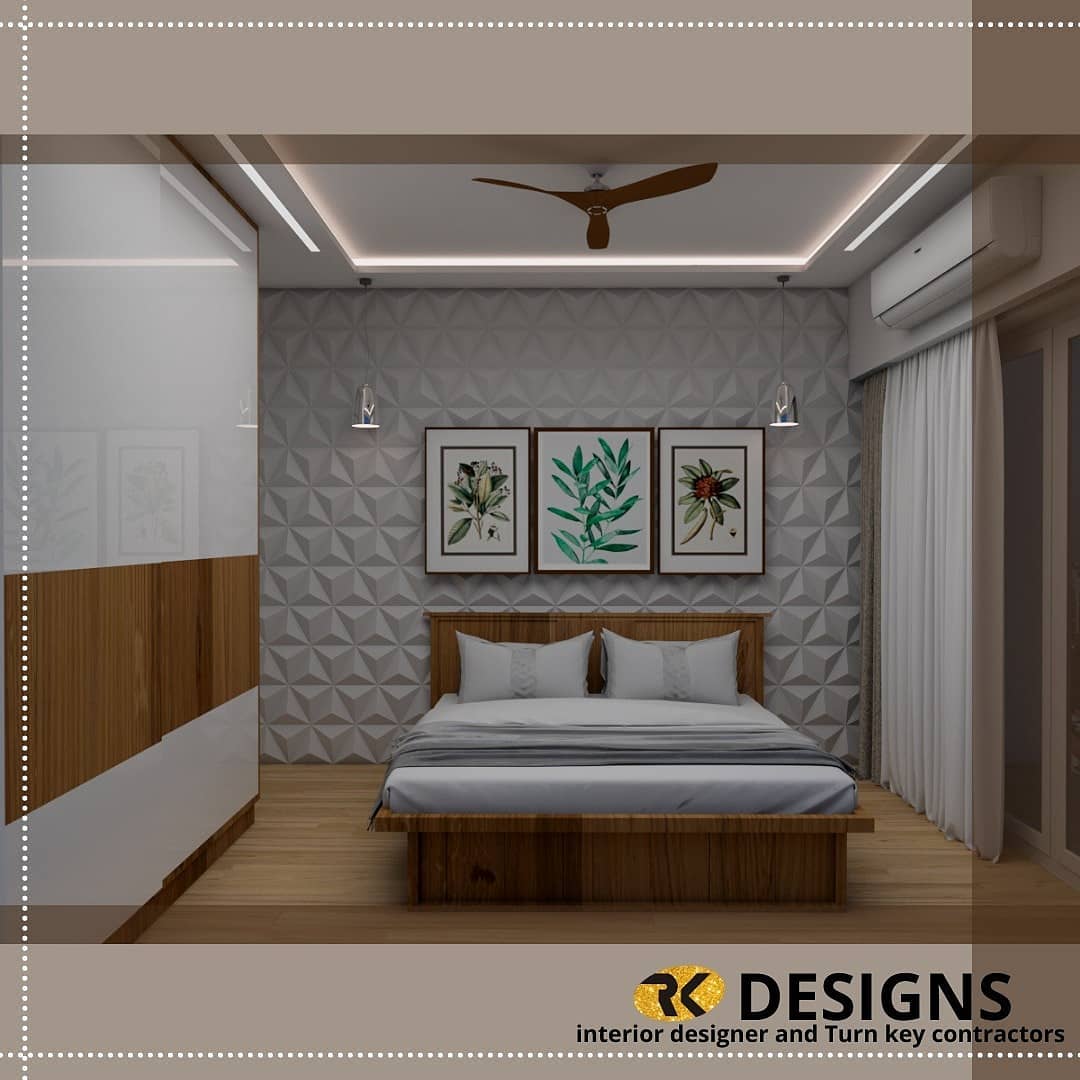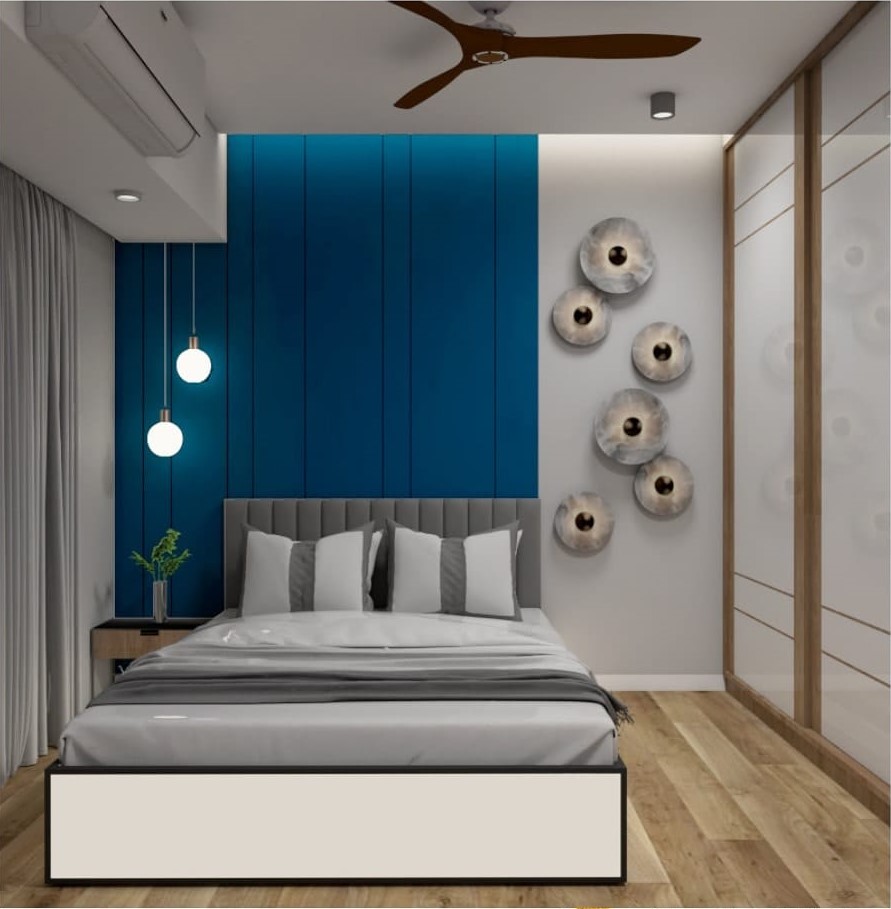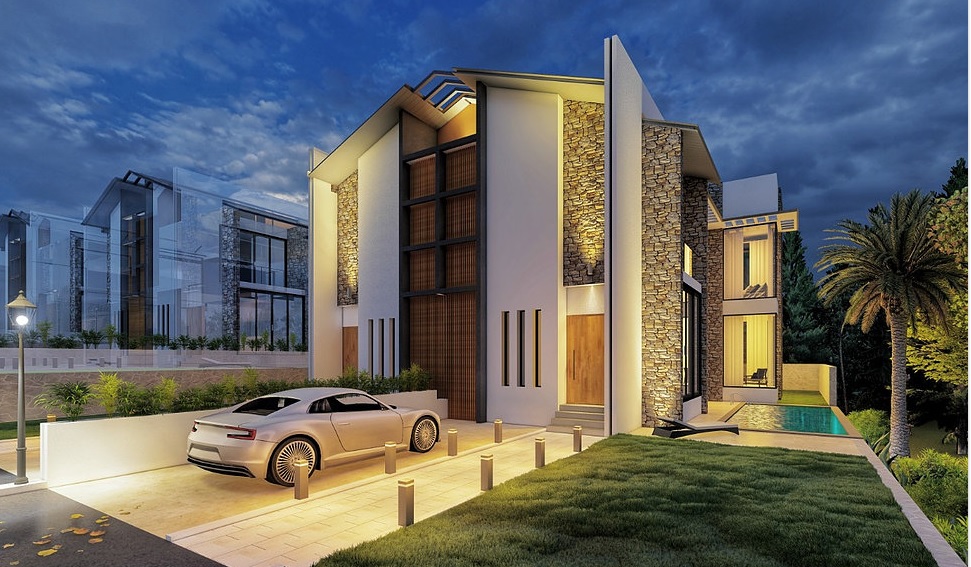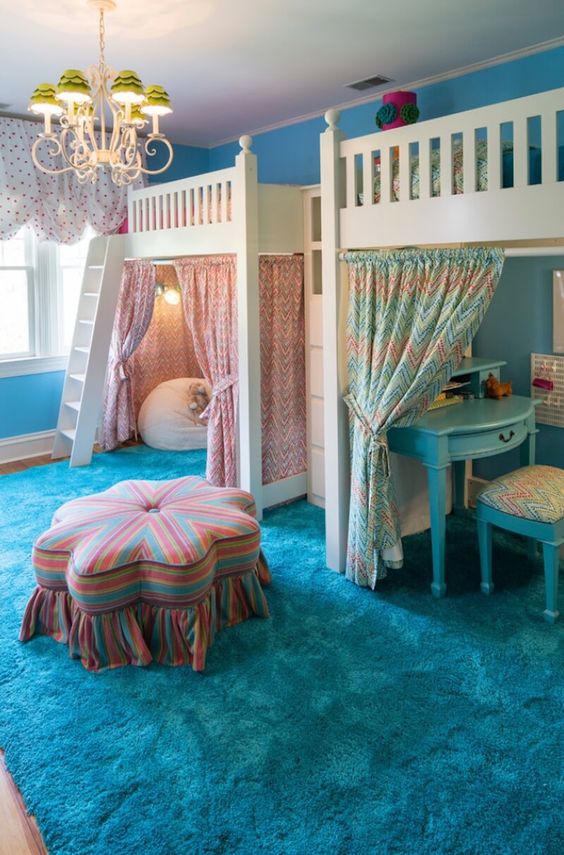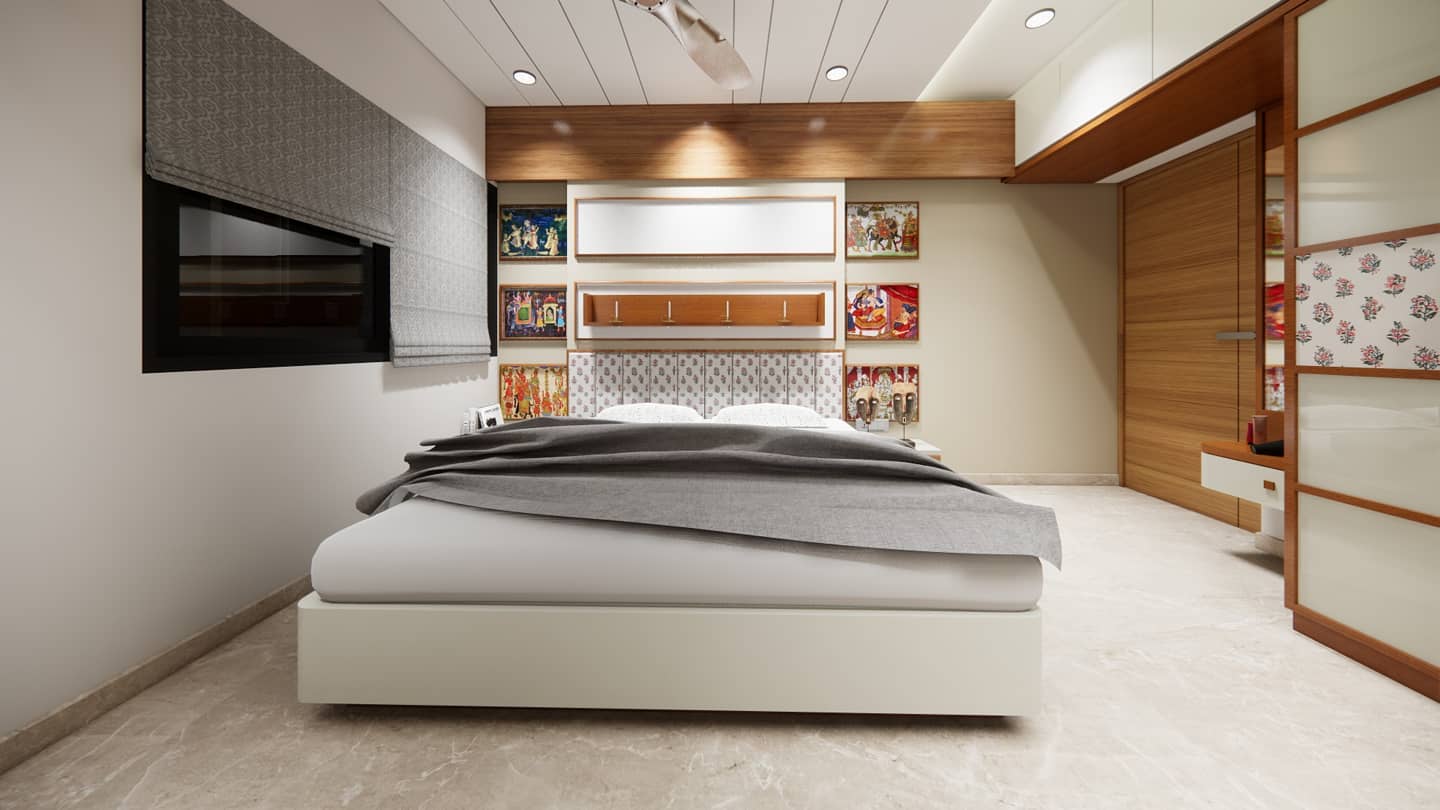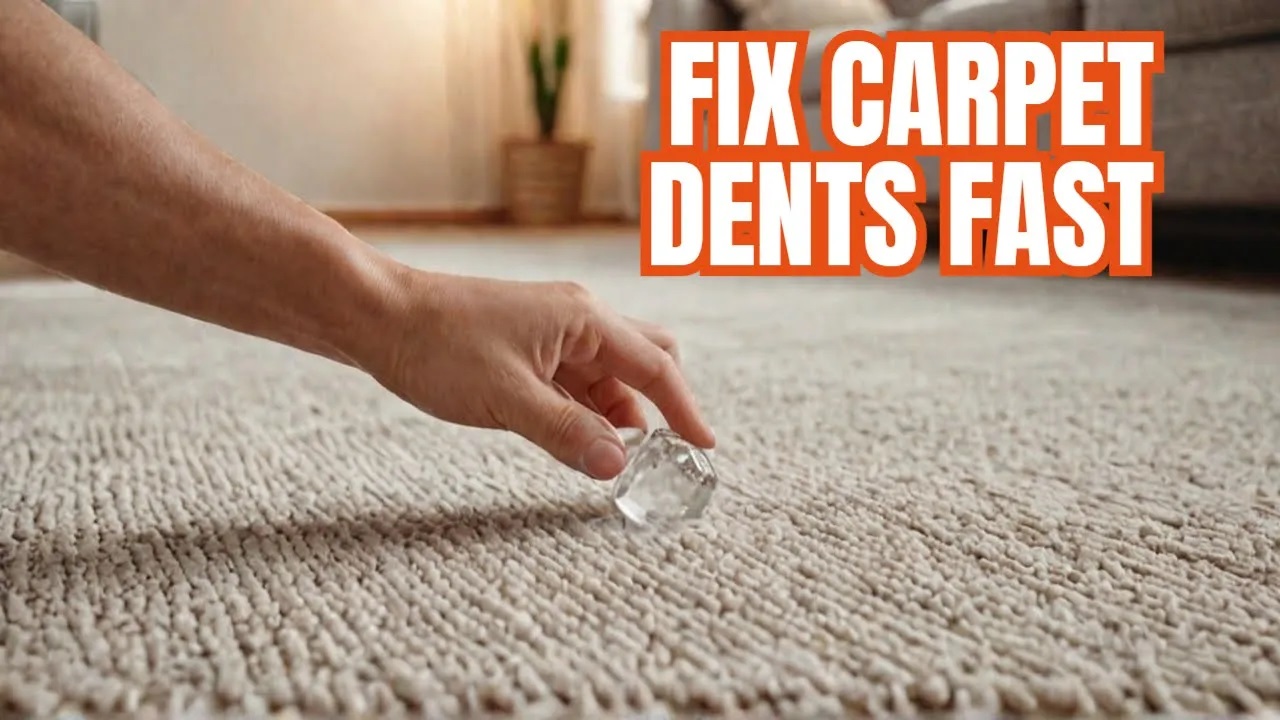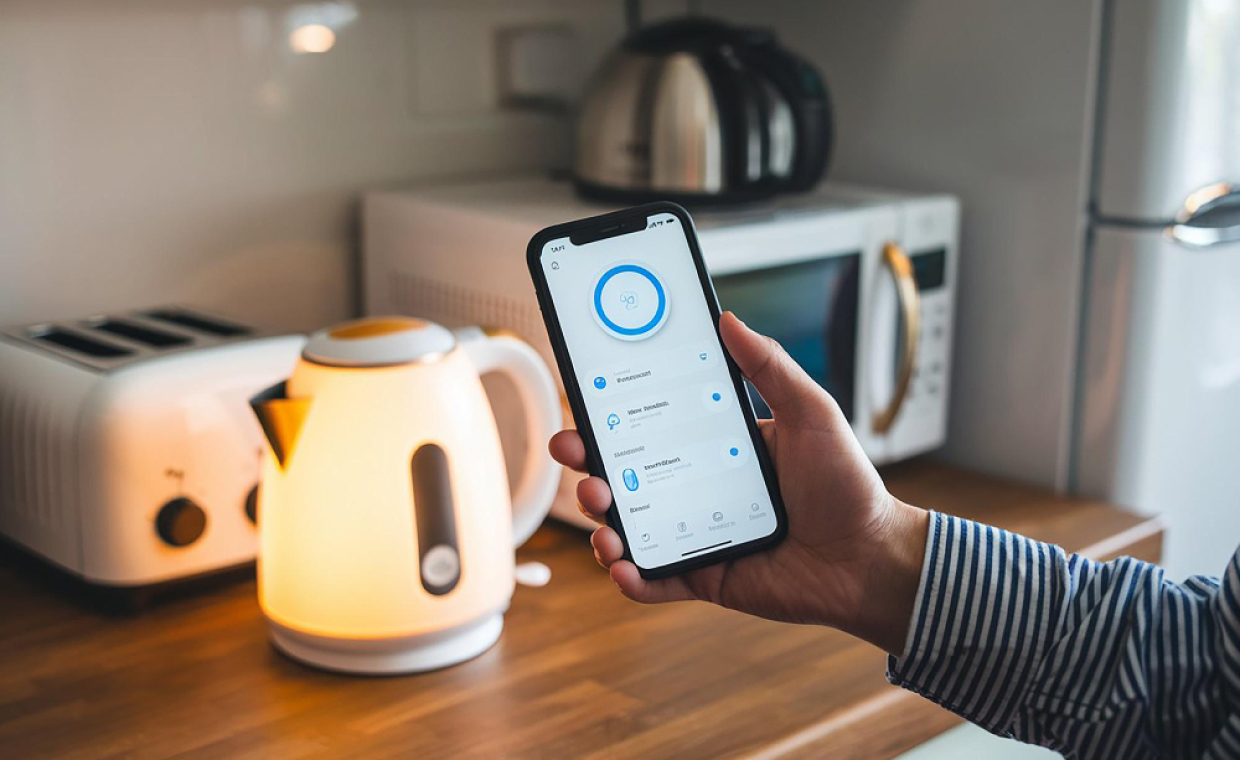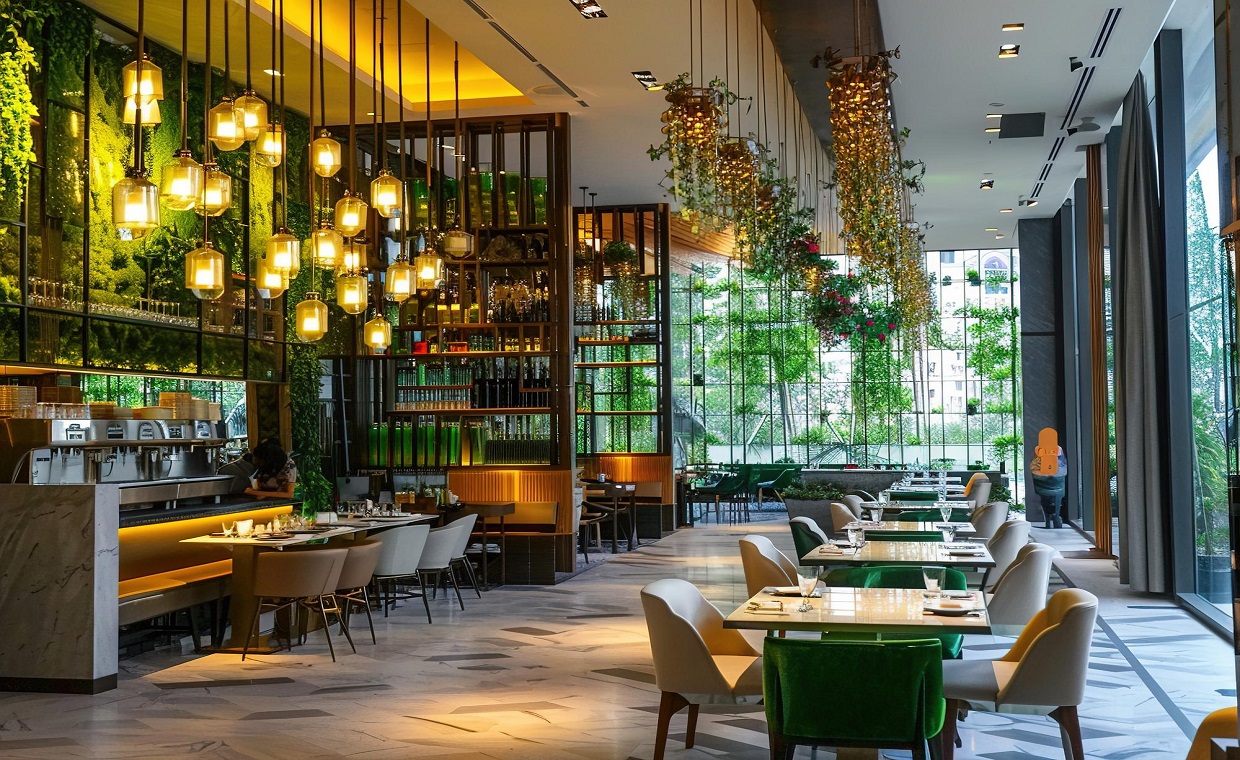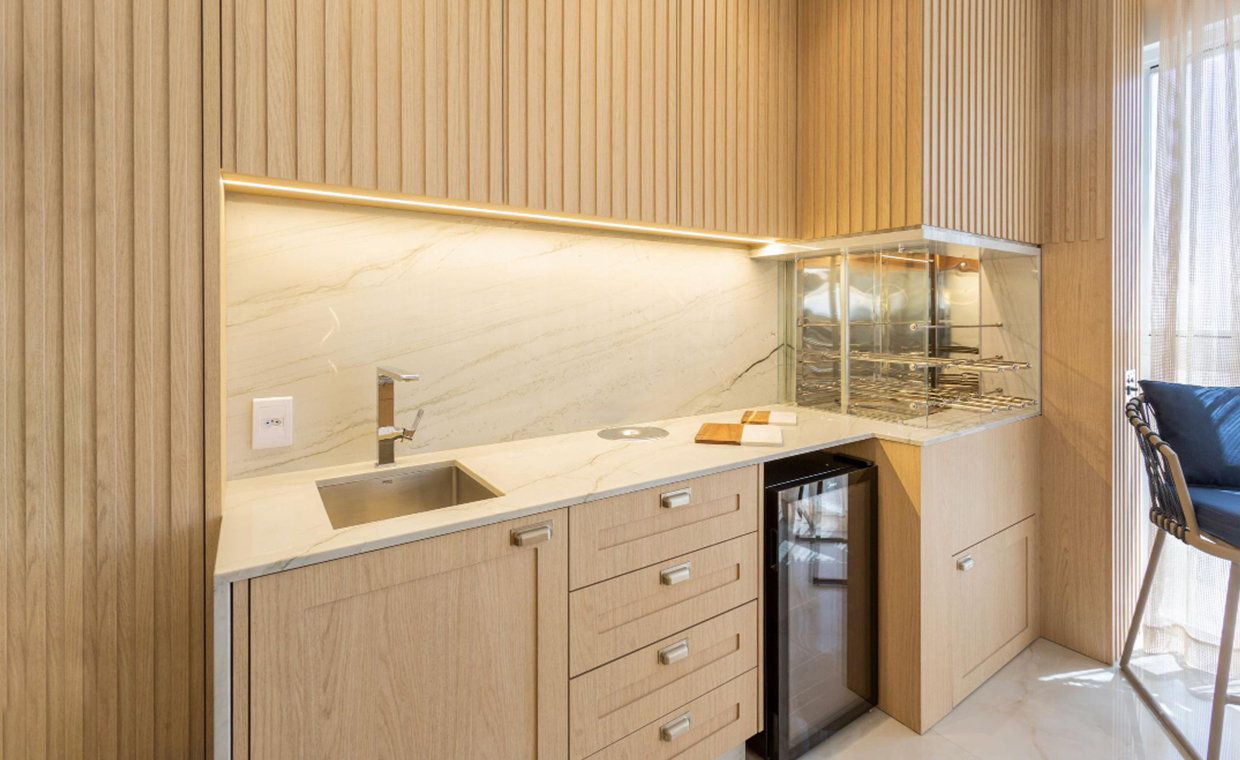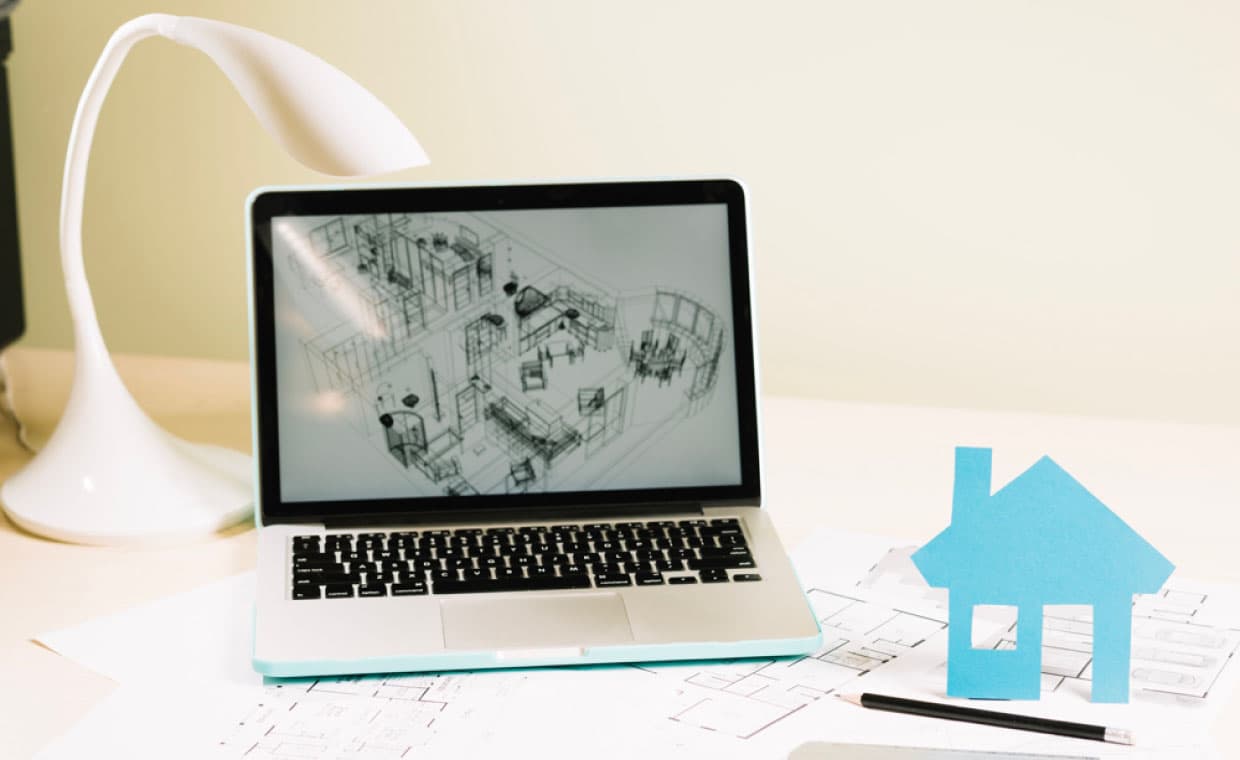
Table of Contents
You might have designed an excellent property with outstanding functionality and aesthetics, yet still lose the project or competition to someone with a basic design but a bold and impactful presentation. That’s the power of an architectural presentation board.
Even the most creative minds fail to express their ideas online. In this digital era, where everything has shifted to online platforms, you must be extremely crisp and clear with your presentations. The best architecture presentation also involves considering an appealing layout along with design diagrams that speak for themselves.
How to nail the presentation? How to get that project? Don’t worry! We’re here with the top 10 tips to keep you ahead of everyone with realistic visualisations and enticing presentation boards to nail the design.
10 To-dos in Your Next Architectural Presentation

01. A Sneak Peek into the Project
The best way to make your presentation more enticing is by giving your audience a clear idea of what to expect. For someone viewing the design for the first time, it’s essential to establish clarity about the topic and project context. Provide a brief insight into the design approach used in the project. The first sheet should be carefully composed to capture attention and retain it until the end of the presentation. Keep it well-structured, visually balanced and enriched with relevant information to set the right tone from the start.
02. The Art of Storytelling

As an architect or a designer, you have to be a master at storytelling. Your project will sell not only because of the design and aesthetics but also due to the narration of the entire design. The digital presentation will be backed up with your design approach and all the thoughts and ideas that stayed till the end of the project. This design tale can be supported with the help of sketches and iterations to add more interest. A storyboard is the best way to illustrate your thought process, concepts, and the evolution of design.
03. Keep Revealing the Design Gradually
Never reveal the entire design at first. It has to be a gradual procedure where you take your audience through every space and present it as a whole at the end. This will keep them engaged and curious about the design. Present in a way that the audience doesn’t lose interest mid-way. Add walkthroughs and renders that help them understand the space better. Make sure to keep an element of surprise at intervals to break the monotony.
04. Streamline the Data

Keep the data streamlines in a sequence so that it’s easier for your audience to follow. The architectural board has to be extremely simple and clear. Avoid adding extravagant features or complicated layouts. A simple presentation will speak for your work and deliver the thought with clarity. A few slides might not even need you to talk as these will talk for themselves with their organized layouts and details.
05. Know Your Audience
You must know about your audience before preparing the presentation. Consider their interests and level of knowledge to structure your presentation in a way that keeps them engaged. For example, if it’s a client presentation, you’d want to cover every aspect of design and all the interesting spaces to catch their attention. In the case of a design jury, your presentation will have points that justify your design approach.
Always know your audience before you compile the presentation and add key points accordingly.
06. Keep the Background Distraction-Free
The background for your architectural presentation must be subtle to prevent your audience from getting distracted. Make sure that the primary information overpowers the entire layout and that the background complements it to make it clearer.
Do not have a faded image in the background, as it might prove distracting. Your audience might lose focus from the main part of the sheet. Opting for a plain white backdrop is the best approach to avoid distractions. Brighter solid colours can strain sensitive eyes, so be sure to consider these factors.
07. Excel the Shades

Fixing the mood board for your architectural presentation plan can be confusing. While it can’t be too bright, you can’t keep it extremely muted, either. Work out the colour scheme, paying attention to the tones that enhance your design.
Greyscale or black and white presentations are a smart choice for spaces where you want to depict the play of shade and shadow and line weights. Keeping the entire presentation in greyscale and enhancing it with an accent shade is another approach to make your presentation interestingly appealing.
08. Blend Different Mediums
An architectural presentation is also an opportunity to flaunt your skills. Never compose a presentation in a single medium. Work with different media like 2D plans, 3D models, hand-drawn sketches, and renders to display your talent.
These mediums will not only talk about your skills but also make the presentation clearer for the audience to understand. You can blend the mediums to make it even more interesting and appealing. For example, add text to the renders and overlay your hand-drawn development sketches over the plans to let them know how you derived the final design.
09. Master the Layout
For any digital presentation, the layout plays an important role. Before compiling the data in presentation sheets, you need to fix the size, orientation, and page layout. Are your plans vertical or horizontal? Do you wish to present the plan along with sections in a single sheet or keep everything segregated? These factors will be the guiding lines for you to arrive at the best possible layout. And while you’re fixing the layout, make sure there’s sufficient negative space in the sheet to keep it clear. These buffers serve as breathing spaces and make the composition neater.
10. Take Your Audience through a Virtual Experience

With everything going online, there has been development in software and presentation tools. Offering a virtual experience to your clients has become a staple for any architectural presentation. It’s the most convenient way of conveying the idea and making them understand it better. Make sure that you take the audience through a virtual tour of the entire building and let them experience spaces with the help of Virtual Reality. Make the model as detailed as possible to offer them a super-realistic experience.
Why is a Digital Presentation Important for Architects?

A digital presentation is the most effective way for an architect to illustrate his thoughts. However, creating an architectural design presentation is no easy task. It’s a long thought process involving multiple concepts, iterations, layouts, and scales. A digital platform allows you to present all these elements in a much more streamlined manner.
Now, imagine carrying a heavy pile of sheets and giving a live demo to the clients—sounds insane, right? In contrast, a digital presentation lets you achieve the same goal effortlessly. A well-structured run-through of a few slides can effectively convey the entire project.
Another advantage of opting for a digital mode of presentation for architects is to showcase their skills. Add sketches, models, images, and even walkthroughs to bring your project to life. This approach not only highlights the effort and creativity behind the design but also helps your audience gain a deeper understanding of the project.
5 Essentials for an Architectural Presentation

Knowing where to start or what to add to your architectural presentation can be a bit tricky. Here are the 5 must-haves for your presentation that will guide you on the right track.
01. The Starting Point
While you’re presenting your design, make sure to start with the design story. Each project has a significant journey behind it, which is one of the most important points to cover in your presentation. Begin with the starting point of the design and take your audience through the journey to make them aware of your ideas and thoughts that led to the final creation. This will also catch their attention and keep the audience engaged in your presentation.
02. Present all the Ideas and Iterations
As you’re verbally narrating your story, back it up with the iteration snippets. In the end, it’s important to convey the thought process that accompanied you till the final proposal. While the weightage of these ideas can be kept comparatively low, these are some of the must-haves to incorporate into your architectural presentation.
03. Maintain the Visual Hierarchy
Whether it’s an online presentation or an offline one, maintaining a visual hierarchy and balance is extremely important for an architectural board. While you’re composing the layout for one sheet or slide, make sure that the audience gets hooked on what’s of prime importance and gradually goes through the other sections.
04. Image and Text
One of the questions that keeps lingering in our minds while making a presentation is about the weightage of images and text. Should you add more text than visuals, or can the presentation be entirely diagrammatic?
Your architectural board needs to have a perfect balance of both. Eliminate text for the self-explanatory diagrams and have short and crisp sentences to explain the conceptual designs. In the end, this call is based on your personal presentation style, but keeping a mix of both is always a safer choice.
05. A Bit of Negative Space
Negative space in a presentation? Yes, you heard it right! Negative or breathing space in a layout is an important aspect. Rather than overcrowding the layout and making everything confusing, ensure that you leave negative spaces here and there. It will make the presentation clear and grab attention with its neat layout. Always remember the thumb rule of quality over quantity when it comes to composing your architectural presentation board.
An Online Architectural Expression
Your architectural presentation is the ultimate deal-maker. Present everything from scratch while keeping a check on the time limit. Make sure that your ideas are conveyed well in time and with a clear representation of every element. Apply these master tricks while compiling the presentation to express your thoughts and emerge a victor!
Make sure to wear confidence as you’re presenting, and there won’t be any obstacles in your way to nailing the presentation.
FAQs Regarding Digital Architectural Presentation
01. Can an architectural project presentation be presented online?
The digital era demands everything be kept online, and architectural presentations are one of those. One can present designs easily and efficiently on digital platforms with the help of the right tools and knowledge.
02. What are the basic requirements for the best architectural design concept presentation?
The basics for an architectural concept presentation are the concept, floor plan, elevation, and sections. These architectural drawings can further be presented with 3D visuals and the design process followed.
03. Are Presentation Skills Important for Architects?
Presentation skills are extremely important for architects and designers as these help you stand out from the rest. You can convey much more with a good presentation in a shorter period and keep your audience engaged.
04. Is Graphical Presentation Better Than Textual Data in Architecture?
When it comes to architecture, drawings are the most valuable communication tool. While the floor plans and sections talk on their own, adding textual descriptions can help you strengthen the explanation. Thus, it needs to be a mix of both in balanced proportions.
05. Does Graphic Design Help in an Architectural Presentation Board?
Graphic design has a strong role to play in architectural presentations online. A good sense of graphic design can aid in acing the online presentation and explaining your concepts better.
Also Read:
Glance Over Architectural Styles through the Ages
How to Compress and Save Home Documents Electronically
Author Bio
Saili Sawantt – She is an Architect and Interior Designer by profession. Writing is what she treats as her passion. She has worked as an Architectural Writer, Editor, and Journalist for various design as well as digital portals, both national and international. Formerly she has also worked with Godrej Properties Limited (GPL) Design Studio, Mumbai, due to her keen interested in learning about Sustainability and Green buildings. Apart from this, she runs her blog ‘The Reader’s Express’ and is a practicing Architect & Interior Designer.





